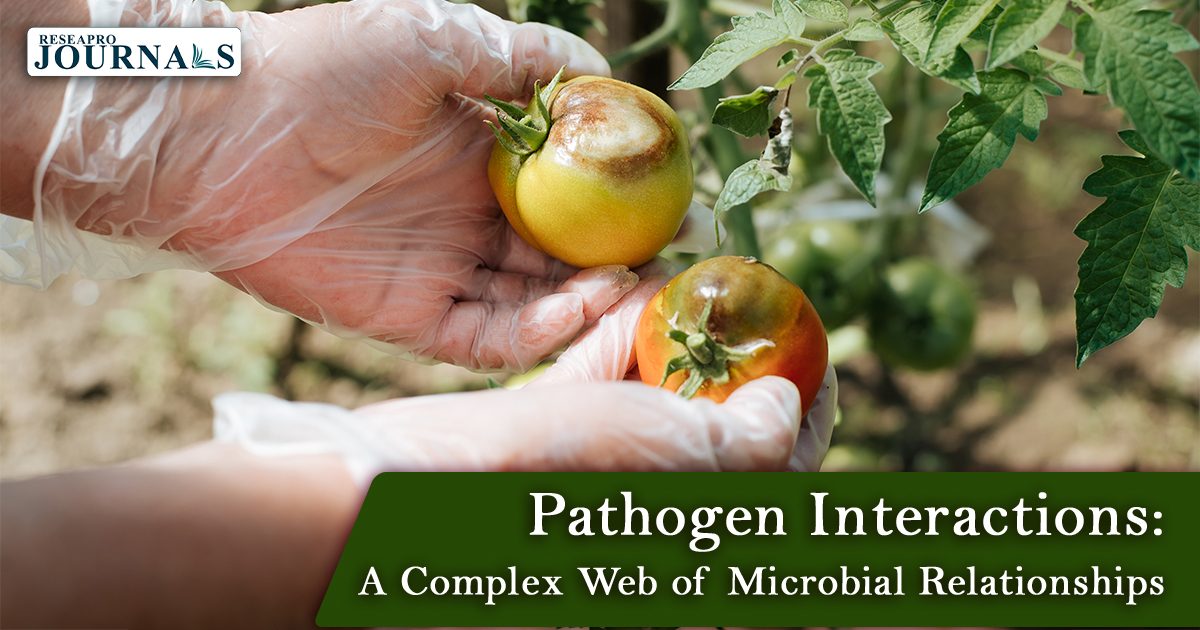The pathogen invades a host plant through a direct method by enzymatic cleavage of cell wall and plasma membrane or invades through a natural opening such as stomata or through a wound; it then starts to weaken the plant’s defense mechanism and induces the release of nutrients for their survival




